Catha edulis (Vahl) Forssk. ex Endl. |
| |
|
|
Botanical Name |
: |
Catha edulis (Vahl) Forssk. ex Endl. |
English
Name |
: |
Abyssinian tea, African salad, African tea, Arabian tea, Bushman's tea, Cat, Catha, Somali tea |
Synonym(s) |
: |
Celastrus edulis Vahl, Catha inermis J.F.Gmel., Catha Forsskalii (rich.) |
Family |
: |
Celastraceae |
| |
General Info
| Description |
 |
|
An erect, evergreen, glabrous tree up to 25 m tall with dimorphic branching and a small pointed crown, in cultivation a multi-stemmed shrub (0.5–)2.5–6 m tall; bole straight and slender, up to 20 cm in diameter; bark thin, smooth and pale grey-green in cultivated plants, rough on large trees; branches terete, pale to brownish-grey; young twigs usually flattened, dull green to brownish-red. Leaves alternate on orthotropic and opposite on plagiotropic branches, simple; stipules triangular, 3 cm × 1 mm, pale green, caducous, leaving a rim-like scar; petiole terete, 3–11 mm long, pale to dark green; blade oblong to elliptical or obovate, (3.5–)5.5–11 cm × (1–)1.5–4.5(–6) cm, cuneate to attenuate at base, acute to acuminate, sometimes obtuse at apex, margin glandular crenate-serrate, leathery, glossy, mature leaf leathery, with reticulate venation. Inflorescence an axillary, regularly dichasial cyme up to 2.5(–3.5) cm long, many-flowered; peduncle 6–12 mm long; bracts usually triangular, up to 2.5 mm long, persistent. Flowers bisexual, regular, 5-merous, 2–4 mm in diameter; pedicel 1–2.5 mm long; sepals basally connate, broadly ovate to suborbicular, 0.5–1 mm long, with fimbriate margin; petals free, elliptical-oblong, 1–1.5 mm long, white or pale yellow, with finely serrulate to fimbriate margin; stamens free, alternating with and slightly shorter than petals; disk intrastaminal, fleshy, shallowly 5-lobed; ovary superior, broadly ovoid, 3-celled, styles 3, short, with small stigmas. Fruit a narrowly oblong, trigonous, pendulous capsule 6–12 mm long, red to brown, dehiscing loculicidally with 3 valves, usually 1–3-seeded. Seeds obovoid, flat on one side, 3–3.5 mm × 1.5 mm, with a large membranous wing 5–5.5 mm × 2.5–3 mm; testa dark-brown, rugose-papillose; embryo with two long, thin cotyledons and small plumule embedded in the endosperm. |
| Herb Effects |
 |
|
Restorative (tea made from flowers); stimulant and aphrodisiac (leaves) |
Chemistry
| Active Ingredients |
 |
|
Ascorbic acid, beta carotene, cathine, cathinine, ephedrine, niacin, riboflavin, tannin, thiamin (leaves); mannitol, myricitrin (plant) |
| Chemistry
of Active Ingredients |
 |
|
|
 |
Name |
CAS# |
IUPAC Name |
Formula |
Structure |
 |
|
| Ascorbic acid |
Not Available |
2-(1,2-dihydroxyethy
l)-4,5-dihydroxy-fur
an-3-one |
C6H8O6 |

|
| Beta carotene |
7235-40-7 |
3,7,12,16-tetramethy
l-1,18-bis(2,6,6-tri
methyl-1-cyclohexeny
l)-octadec
a-1,3,5,
7,9,11,13,15,17-nona
ene |
C40H56 |

|
| Cathine |
492-39-7 |
(1S,2S)-2-amino-1-ph
enyl-propan-1-ol |
C9H13NO |
|
| Cathinine |
5265-18-9 |
2-amino-1-phenyl-pro
pan-1-one |
C9H11NO |
|
| Ephedrine |
6912-63-6 |
2-methylamino-1-phen
yl-propan-1-ol |
C10H15NO |
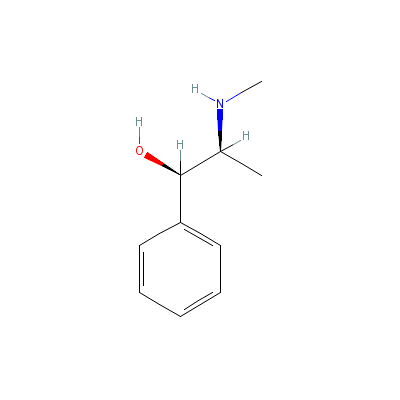
|
| Niacin |
99148-57-9 |
pyridine-3-carboxyli
c acid |
C6H5NO2 |
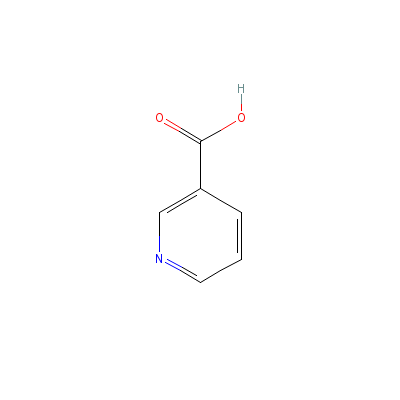
|
| Riboflavin |
Not Available |
Not Available |
C17H21N4O9P |
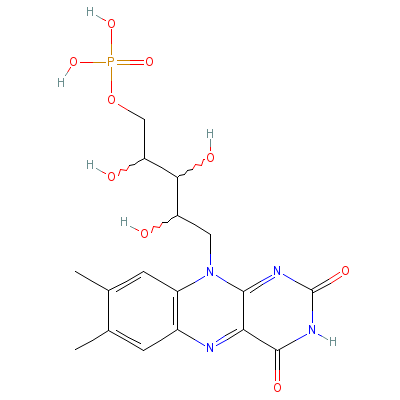
|
| Tannin |
1401-55-4 |
Not Available |
C27H22O18 |
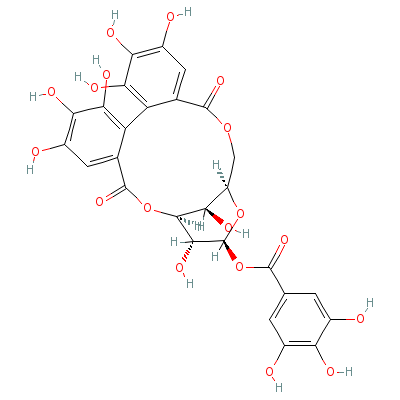
|
| Thiamin |
59-43-8 |
2-[3-[(4-amino-2-met
hyl-pyrimidin-5-yl)m
ethyl]-4-methyl-1-th
ia-3-azoni
acyclope
nta-2,4-dien-5-yl]et
hanol |
C12H17N4OS+ |

|
| Mannitol |
85085-15-0 |
hexane-1,2,3,4,5,6-h
exaol |
C6H14O6 |
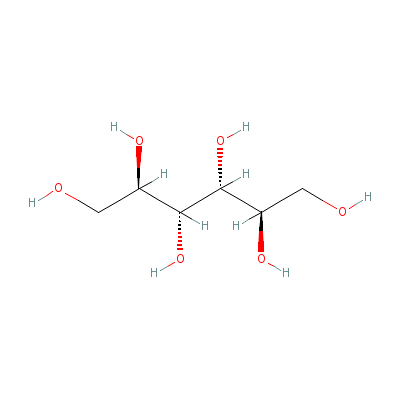
|
| Myricitrin |
Not Available |
5,7-dihydroxy-3-[(2S
,3R,4R,5S,6S)-3,4,5-
trihydroxy-6-methyl-
oxan-2-yl]
oxy-2-(3
,4,5-trihydroxypheny
l)chromen-4-one |
C21H20O12 |

|
|
Pharmacology
| Medicinal Use |
 |
|
The plant, especially leaves are useful to promote communication and induce excitement, similar to how westerners would use coffee. It is also used to banish sleep and to allay feelings of hunger and fatigue. Processed leaves and roots in small quantities are used to treat influenza, cough, gonorrhea, asthma and other chest problems. The root is also used for stomach ache and an infusion is taken orally to treat boils. |
| Contraindication |
 |
|
Khat is mildly habit forming. Regular use of Khat has been known to cause severe constipation. Chronic users are often in a constant state of alert euphoria, but may occasionally become agitated and aggressive. Hence the drug should be used only under the supervision of a qualified medical practitioner. |
Dealers
Products
|
|